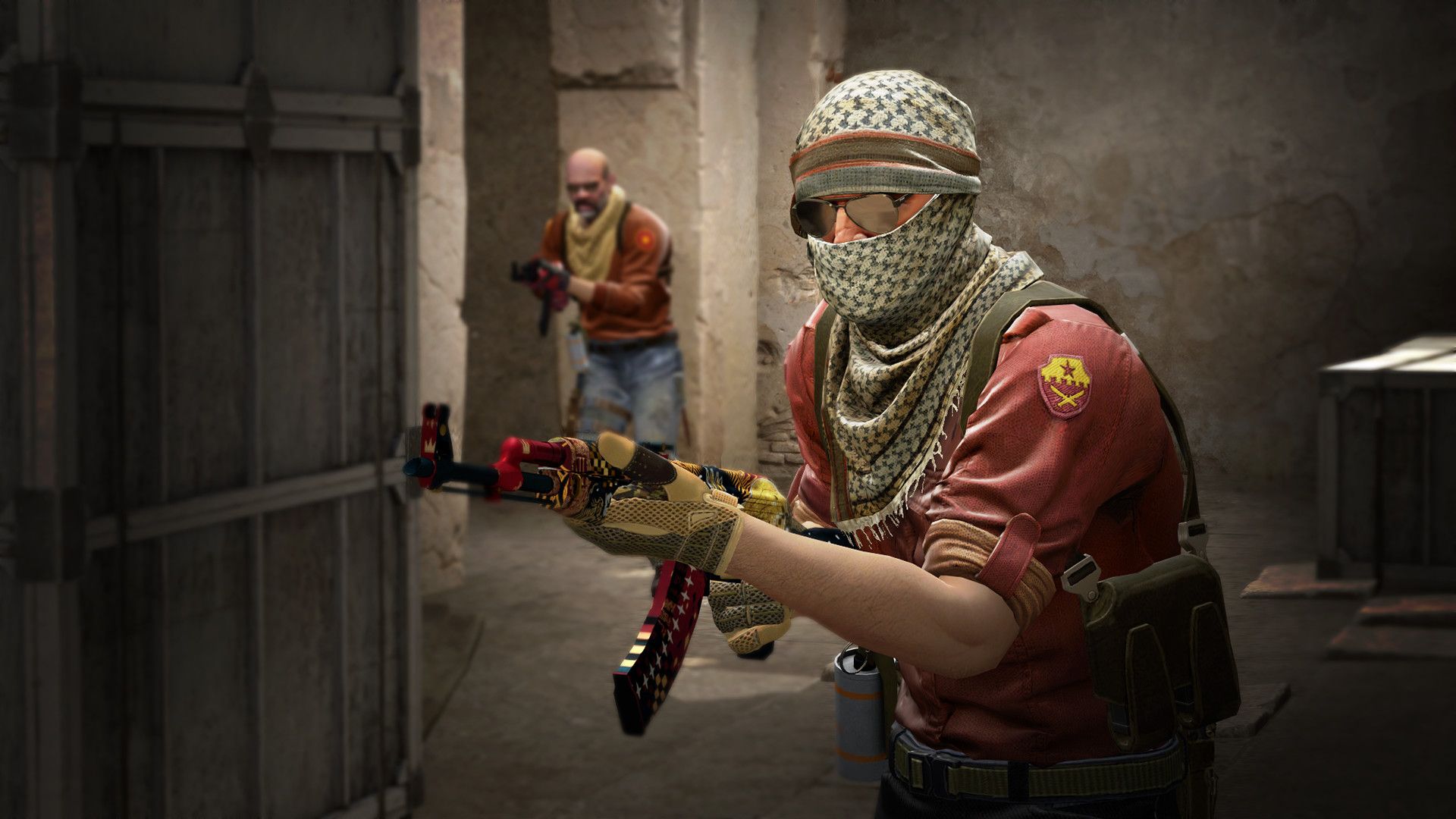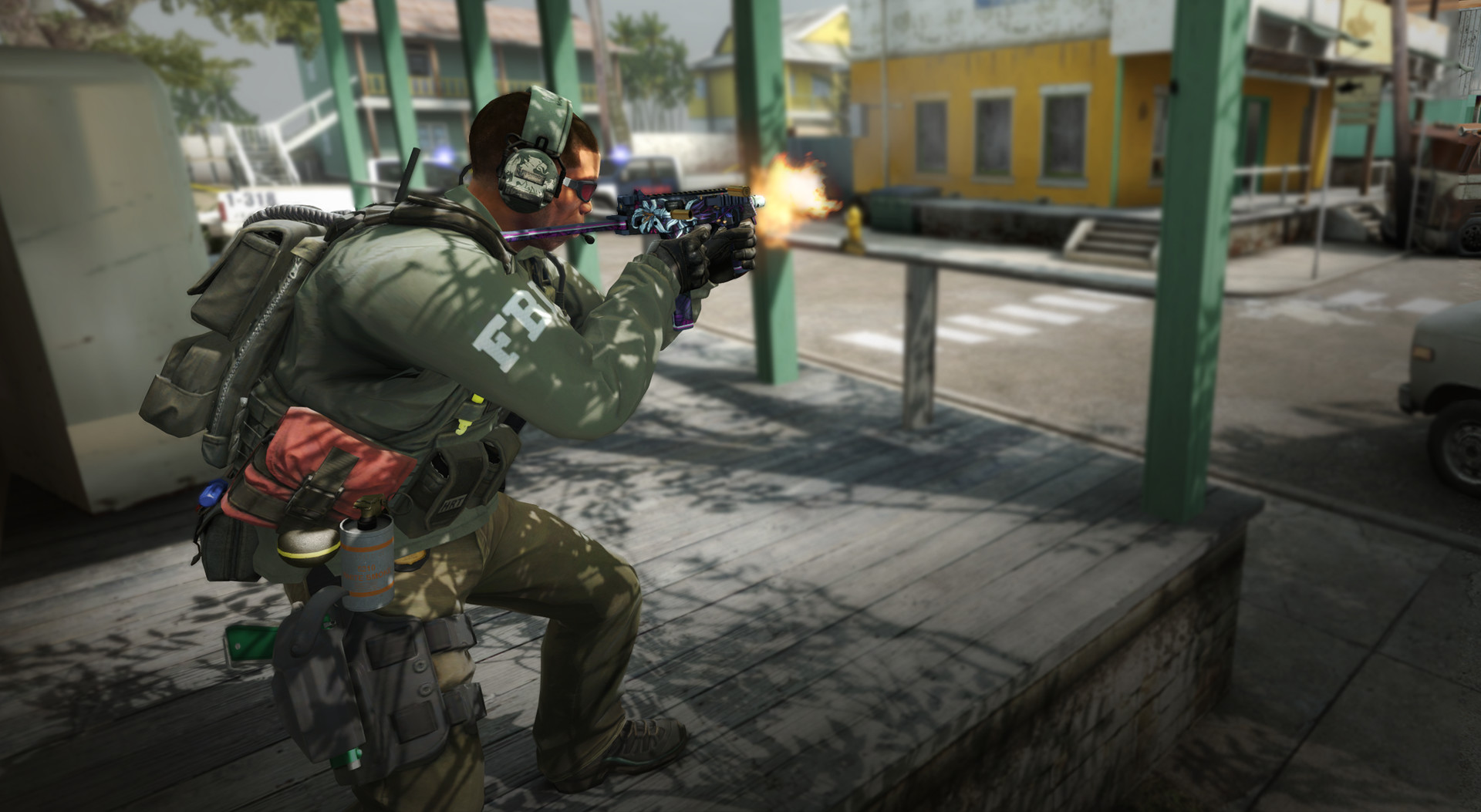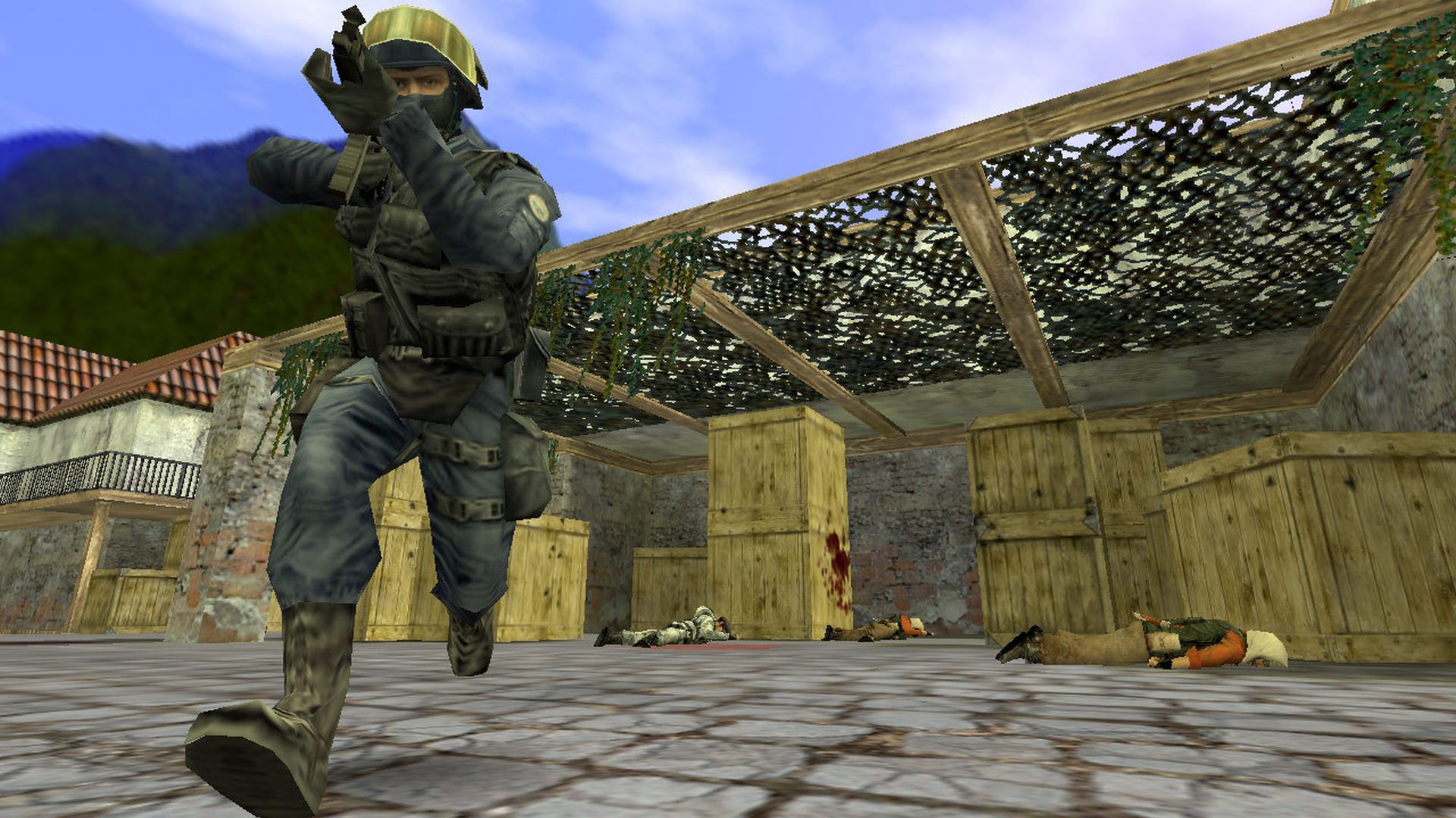
In Counter-Strike 2, Valve is walking a potentially difficult line, one that few developers ever tread. It's not often that a game is designed to out-and-out replace its predecessor, for a sequel to render the original so theoretically obsolete that the game that came first is all-but abandoned; left to gather dust on the even-more-rare occasion that it's left online.
Such are the fates that have befallen the likes of Destiny, Overwatch, and the original Warzone. Whether by aging tech, avid fans, or rabid shareholders, Bungie, Blizzard, and Activision were all pushed to overhaul their games and replace them with something new. The successes have been mixed: Destiny 2 continues to be best-in-class, its somewhat poorly-received Lightfall expansion not really distracting from its overall quality; Warzone 2 is chugging along, although hasn't yielded quite the same reaction as its original did around its March 2020 release; and then there's Overwatch 2, about which, well, perhaps the less said there, the better.
The transfer of power is rarely easy, in these instances. Original games are often taken offline to streamline development. Servers for the new games are spun up, in what is almost always a chaotic array of crashes and queues. Communities will nitpick - even the smallest of changes to 'comfort games' inevitably ruining something that someone used to love. But in Counter-Strike 2, Valve has another problem to overcome: its current game is demonstrably one of the biggest in the world, and that means a lot of things that can potentially go very wrong, in a very public manner.
Headshot

Counter-Strike: Global Offensive has been the biggest game on Steam since 2019, with nothing posing a notable, long-term challenge since the decline of PUBG. Thanks to public tracking software like Steamcharts, we can see the strength of its rise, and the power of its position at the top of the biggest PC platform. Of all the games I've mentioned, that's something unique to Counter-Strike: Blizzard's Overwatch numbers are a closely-guarded secret thanks to Battle.Net; Warzone 2 is on Steam, as is Destiny 2, but both franchises' lengthy console histories conceal their true success. For Valve, any little blip in CS2's player count, any suggestion that it might fall from the top spot, will be noticeable, and noticed, immediately.
Valve, however, has a couple of tools at its disposal. The first is that Counter-Strike 2 will be a free upgrade to CS:GO, while most other upgrades of this kind are brand-new titles. The second is that it'll maintain everything - skins, loadouts, settings - from its predecessor, ensuring an even smoother transition. But arguably the most important factor at play here is that this is far from the first time Valve has had to navigate a new Counter-Strike.
Counter-Strike: A History

Released in 2000, the original Counter-Strike predates Call of Duty by three years. Since then, Valve has overhauled the game multiple times. Counter-Strike became Source in 2004, which became Global Offensive in 2012, which is now becoming CS2. But that journey has rarely been smooth - competitive Counter-Strike players felt that Source's competitive ceiling was too low when compared to their current 1.6 patch, and many didn't make the jump. That meant that when CS:GO's significant overhaul came around in 2012, many of those 1.6 players had been playing the original game for 12 years, and were again reluctant to make the jump.
The complexity of that journey means that Valve is used to wrangling its community, but after 11 years of CS:GO, there's every chance that some players will be similarly resistant to change. This time they'll have less recourse - CS:GO will irrevocably become CS2, with seemingly no official means to go back. There will also, of course, be players who never make the jump. Some will have hardware that lags behind the new requirements. Others may simply not like Counter-Strike's new look and feel, and will simply move onto something else.
Sign up to the GamesRadar+ Newsletter
Weekly digests, tales from the communities you love, and more
Valve's changes don't seem too invasive; more responsive server times, overhauls to a few of CS:GO's most languished maps, smoke grenades that respond to their environment more effectively. The current community response seems positive. But Valve still has a tightrope to walk over the next few months. As Counter-Strike 2 goes through its Limited Test ahead of its planned release this summer, its community will look to scrutinize Valve in more detail than it's had to in years.
Here's how to access the Counter-Strike 2 Limited Test.

I'm GamesRadar's news editor, working with the team to deliver breaking news from across the industry. I started my journalistic career while getting my degree in English Literature at the University of Warwick, where I also worked as Games Editor on the student newspaper, The Boar. Since then, I've run the news sections at PCGamesN and Kotaku UK, and also regularly contributed to PC Gamer. As you might be able to tell, PC is my platform of choice, so you can regularly find me playing League of Legends or Steam's latest indie hit.


